Football club to share rich and colourful history
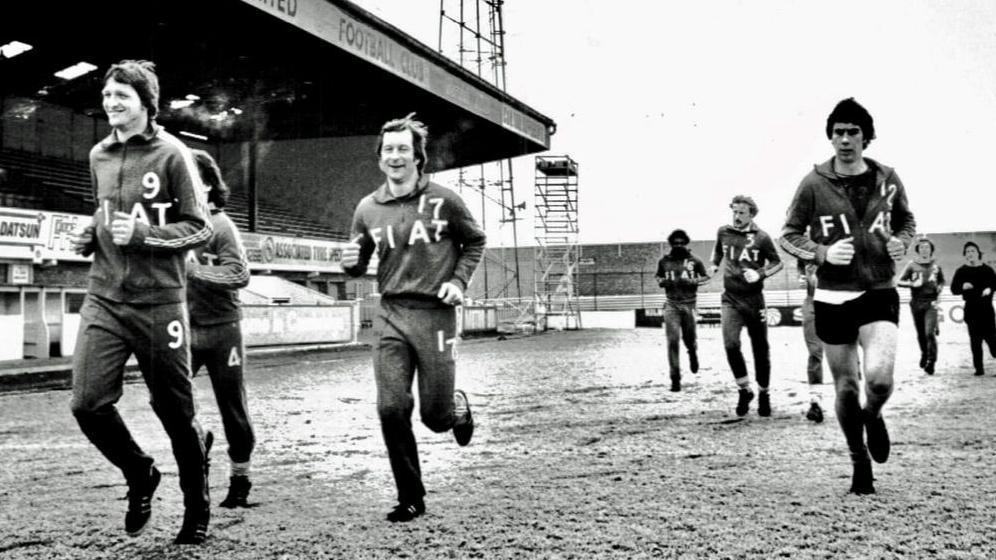
The club is taking part in the annual Open Cambridge event for the first time, with behind the scenes tours
- Published
"Many people don't have a clue how rich and colourful Cambridge United's history is," according to club fan Nigel Pearce.
He will be sharing that story with visitors to the club's The Cledara Abbey Stadium home when it takes part in Open Cambridge for the first time.
The September event sees many of the University of Cambridge colleges opening their doors, as well as tours of a cemetery, a World War Two airfield and an observatory.
Mr Pearce, 64, said: "One thing for a U's fan, our history is a rollercoaster - we're either doing well or badly - so life is never dull."

Nigel Pearce will give a talk on the club's history going back to 1912, including highs such as its five Wembley play-offs
"I would say majority of our fans only have a basic understanding of the story and that was me 10 years ago, happily supporting the club, home and away," the retired HM Customs worker said, having followed the club since he was 10.
He will be giving a talk on the club's history on 12 September, external and visitors can also tour the hospitality lounges and changing rooms, as well as walking through the tunnel - and play manager by taking a seat in the dug-outs.
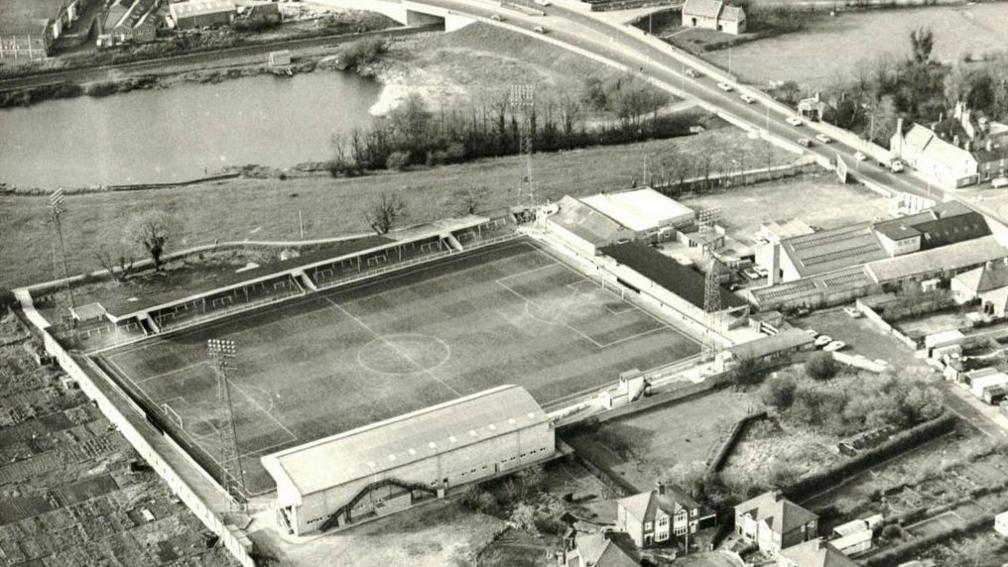
The club remains on Newmarket Road, close to where it was founded within the Abbey ward community
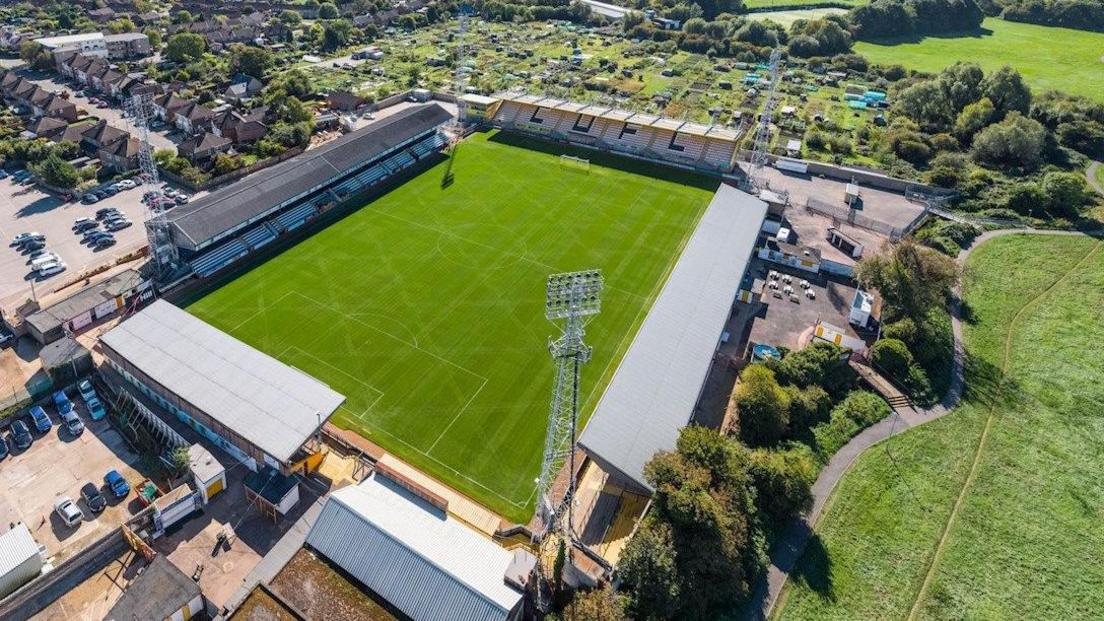
And plans are now afoot for a redevelopment of the Abbey to "bring it up to what's expected in the 21st Century"
Its roots appear to go back to 1912, when the Sunday school team Abbey United was founded by the Abbey Church on Newmarket Road, where it is still based.
By the 1920s the club was very active in the Cambridgeshire League, playing teams associated with workplaces such as Chatteris Engineers, Ely GER (Great Eastern Railway), RAF Duxford and Sawston Papermills.
The name change to Cambridge United came when the town became a city in 1951, part of a "journey that would take 23 years from local football to the Football League in 1970, it's a tremendous rise," said Mr Pearce.
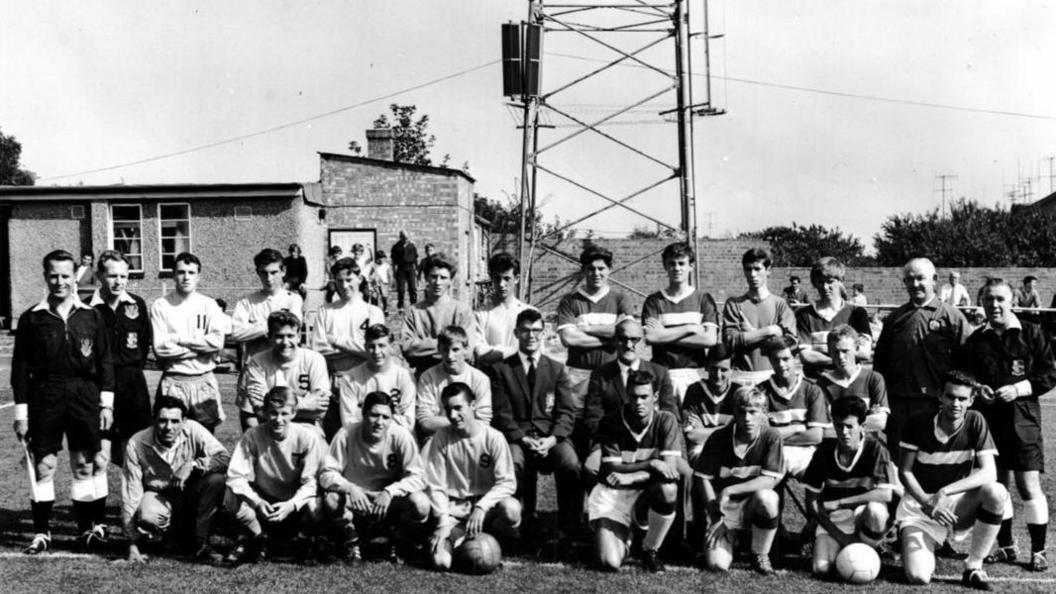
The post World War Two era saw the U's rise up the leagues and fall again - and it is currently a League One team
The "rollercoaster" history of the U's includes promotion to League Division Two (the equivalent of today's Championship) in 1978 and when "disaster struck and the freehold of the Abbey Stadium was sold and we were relegated and nearly wound up", he continued.
Today, Cambridge United is in a much stronger position thanks to Paul Barry, who owns 80% of the club and helped buy back the freehold.
Mr Pearce said: "The stadium is going to be redeveloped with plans to rebuild two sides so our home will be brought up to what's expected in the 21st Century.
"It's nice to be at the heart of a community that is not the richest in Cambridge and through the work of Cambridge United Foundation, external, we've seen tens of thousands of young people going through sport and education and seen it established in the community and all the better for it."
Open Cambridge is part of Heritage Open Days and runs from 6 to 15 September, external
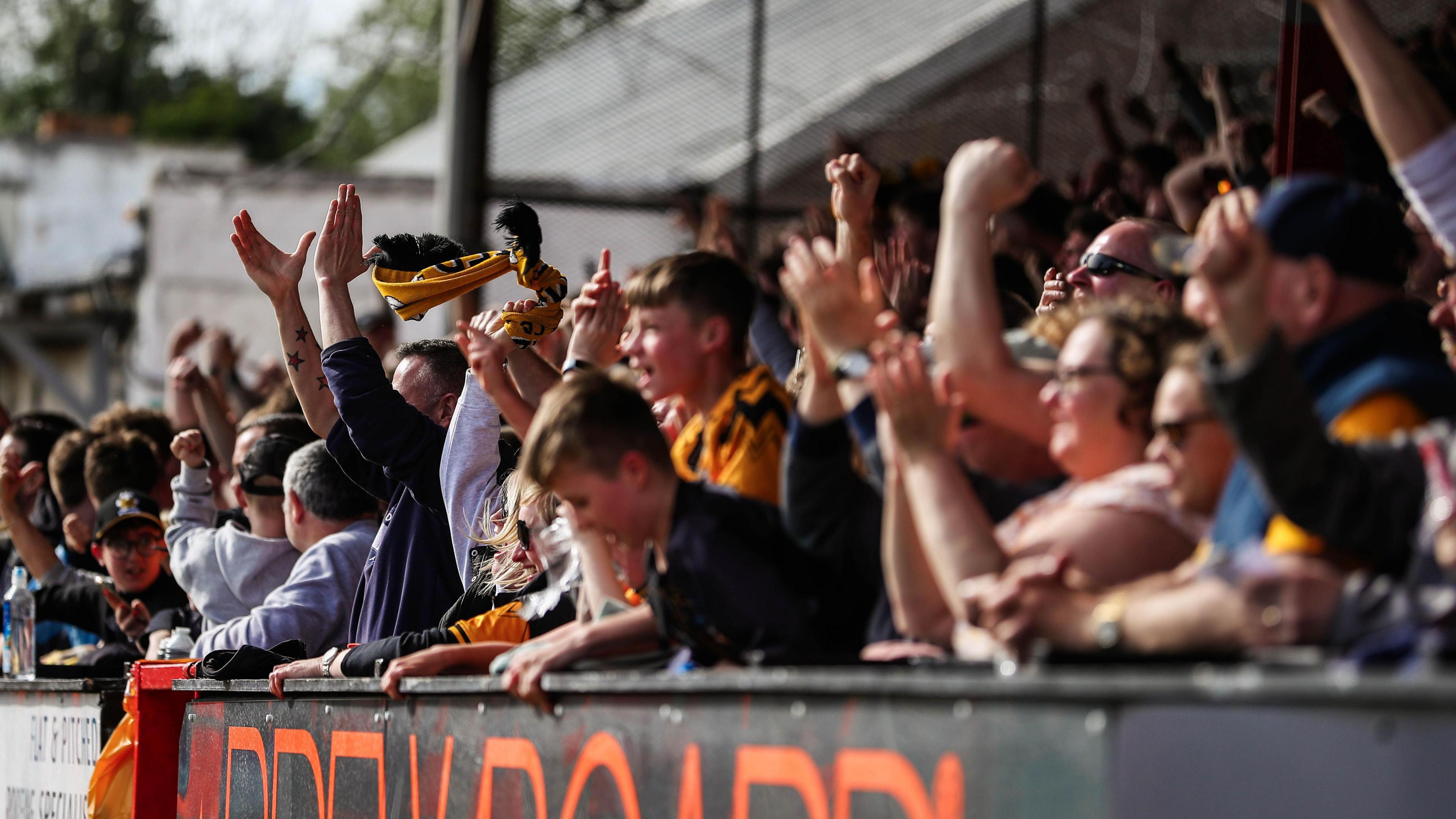
Mr Pearce said it is now a very different club from just five years ago and attendances are close to an all-time high
Get in touch
Do you have a story suggestion for Cambridgeshire?
Follow Cambridgeshire news on BBC Sounds, Facebook, external, Instagram, external and X, external.
- Published1 June 2024

- Published2 August 2024
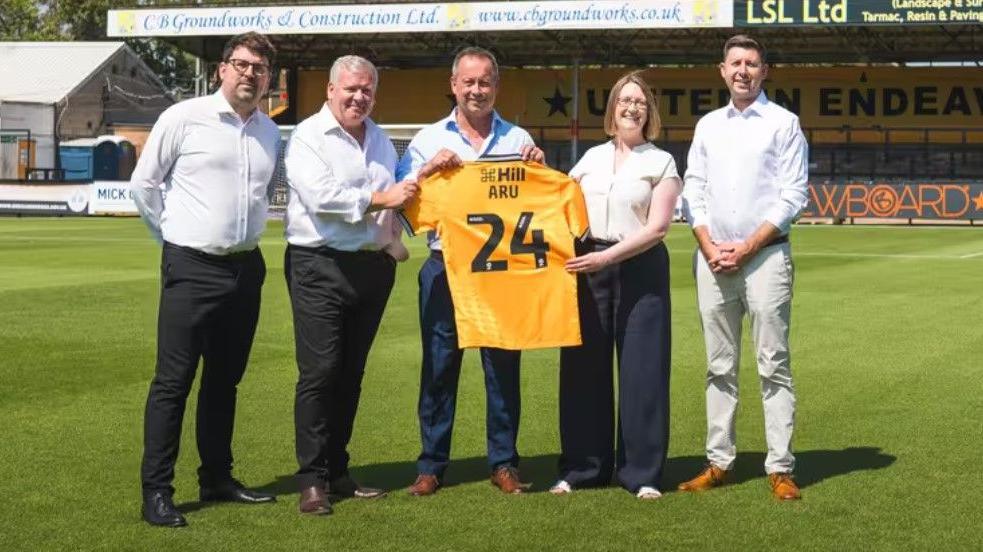
- Published10 July 2024
